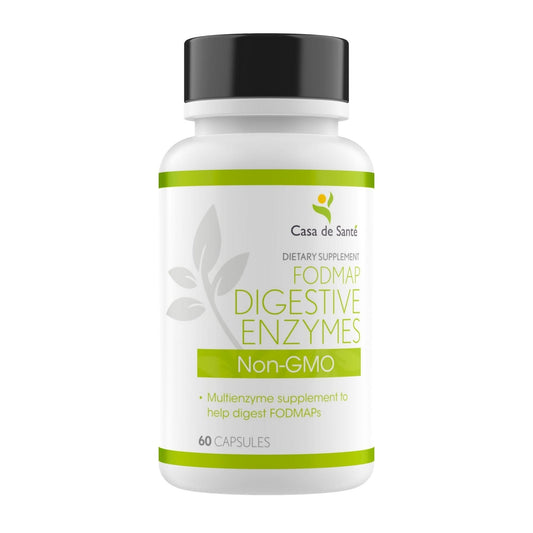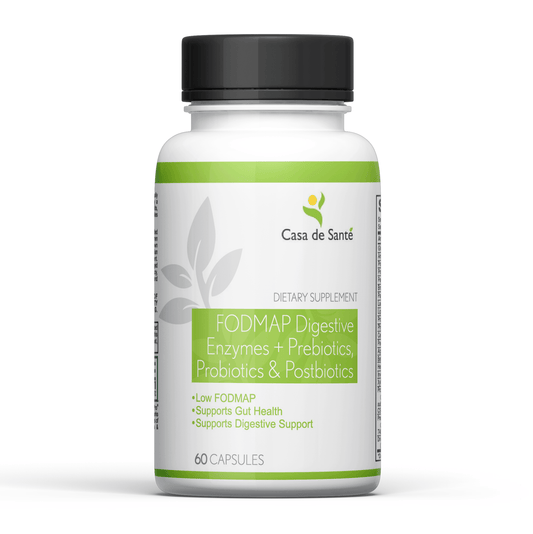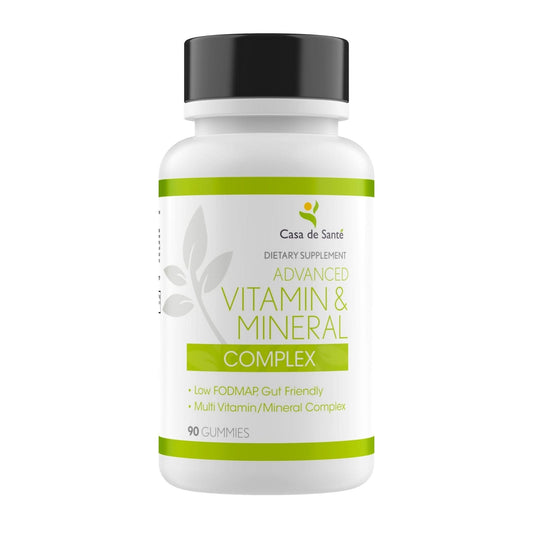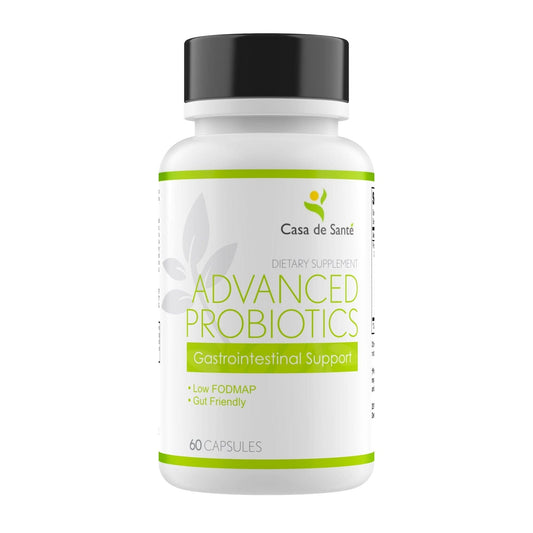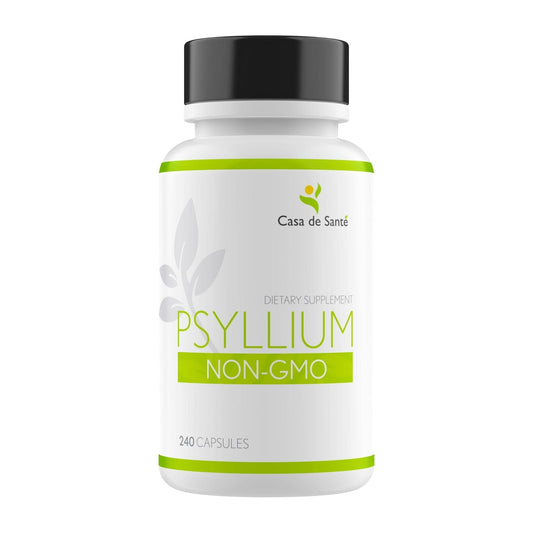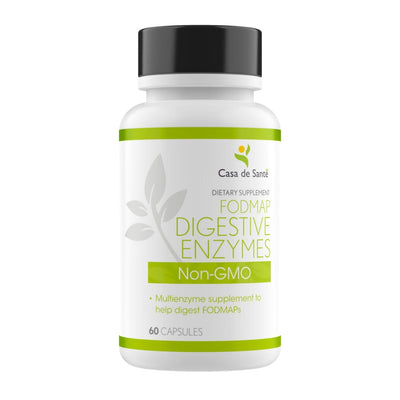Is Seitan Gluten Free
Is Seitan Gluten Free
Seitan has gained popularity in recent years as a plant-based protein alternative for those following a vegetarian or vegan lifestyle. However, there has been ongoing confusion regarding its gluten content and whether it is suitable for individuals with gluten sensitivity or those who follow a gluten-free diet. In this article, we will explore the relationship between seitan and gluten, debunk common misconceptions, discuss the health implications for gluten-sensitive individuals, and provide gluten-free alternatives to seitan.
Understanding Seitan: A Brief Overview
Before delving into the gluten content of seitan, it's essential to understand what seitan is and how it is made. Seitan is a food product made primarily from wheat gluten, which is the protein fraction of wheat flour. It originated in East Asian cuisines, particularly in China and Japan, where it has been consumed for centuries.
Seitan, also known as wheat meat or gluten meat, is a versatile meat substitute that has a chewy and meat-like texture. It is often used in vegetarian and vegan dishes as a protein-rich ingredient.
The process of making seitan involves washing wheat flour dough to remove the starch component, leaving behind the gluten protein. The resulting gluten mass is then flavored and cooked to create a tasty and versatile meat substitute.
Seitan has a long history and has been enjoyed in various forms across different cultures. In China, it is known as "mian jin" and has been used in Buddhist vegetarian cuisine for centuries. In Japan, it is called "fu," and it has been a staple in traditional vegetarian dishes like "yakitori" and "oden."
Seitan's popularity has spread beyond East Asia and is now widely used in Western countries as well. Its versatility allows it to be used in a variety of dishes, from stir-fries and stews to sandwiches and burgers. Its meat-like texture and ability to absorb flavors make it a favorite among many vegetarians and vegans.
One of the advantages of seitan is its high protein content. Since it is primarily made from gluten, it is an excellent source of plant-based protein. This makes it a valuable ingredient for those following a vegetarian or vegan diet, as protein is an essential nutrient for the body.
Seitan is also a good source of iron and other minerals. Iron is crucial for the production of red blood cells and the transportation of oxygen throughout the body. By incorporating seitan into their diet, individuals can ensure they are getting an adequate amount of iron without relying solely on animal products.
When it comes to cooking with seitan, the possibilities are endless. It can be marinated, grilled, sautéed, or even deep-fried to create a wide range of flavors and textures. Its ability to absorb flavors makes it a perfect choice for dishes that require bold and complex tastes.
Overall, seitan is a versatile and nutritious meat substitute that has gained popularity worldwide. Its rich history, high protein content, and ability to mimic the texture of meat make it a valuable ingredient in vegetarian and vegan cooking. Whether you're a long-time vegetarian or simply looking to incorporate more plant-based foods into your diet, seitan is definitely worth a try.
The Relationship Between Seitan and Gluten
Seitan and gluten have an inseparable connection, as seitan is primarily composed of gluten. Therefore, it is not gluten-free by nature. Let's dive deeper into understanding why seitan contains gluten and the role of gluten in seitan's texture and taste.
Why Seitan Contains Gluten
As mentioned earlier, seitan is made from the protein fraction of wheat, which is gluten. Gluten gives seitan its unique texture and protein content. This means that individuals with gluten intolerance or sensitivity should avoid consuming seitan.
Gluten is a complex mixture of proteins found in wheat and other grains such as barley and rye. It consists of two main proteins: glutenin and gliadin. When wheat flour is mixed with water, gluten is formed through a process called gluten development. The gluten strands provide structure and elasticity to the dough, allowing it to rise and hold its shape during baking.
Seitan is made by washing wheat flour dough with water, which removes the starch and leaves behind the gluten. The gluten is then cooked or simmered in a flavorful broth, resulting in a meat-like texture and taste. This process of isolating and cooking the gluten is what gives seitan its unique characteristics.
The Role of Gluten in Seitan's Texture and Taste
Gluten has remarkable properties that enable it to create a chewy and elastic texture in foods. In seitan, the gluten strands provide the meat-like texture that makes it a popular choice for vegetarian and vegan dishes. When cooked, the gluten strands tighten and become firm, resembling the fibrous texture of meat.
Furthermore, gluten contributes to seitan's ability to absorb seasonings and flavors, making it a versatile ingredient in various recipes. Due to its porous structure, seitan readily absorbs marinades and sauces, allowing it to take on different flavors and spices. This makes seitan a great option for creating dishes with bold and complex tastes.
Seitan's versatility extends beyond its texture and taste. It is also a good source of protein, making it a valuable ingredient for individuals following a plant-based diet. With its high protein content and meat-like characteristics, seitan provides a satisfying and nutritious alternative to animal-based proteins.
It is important to note that while seitan is a popular choice for many, it is not suitable for individuals with gluten intolerance or celiac disease. For those with gluten-related conditions, there are gluten-free alternatives available that can provide similar textures and flavors without the use of gluten.
Misconceptions About Seitan and Gluten
There are several misconceptions surrounding seitan and its gluten content that often lead to confusion among consumers. Let's debunk some of the most common myths and clarify the reasons why seitan is often mistaken as gluten-free.
Seitan, also known as wheat meat or wheat gluten, is a popular meat substitute made from wheat protein. It has a chewy and meat-like texture, making it a favorite among vegetarians and vegans. However, despite its meaty appearance, seitan is not suitable for individuals with gluten sensitivity or those following a gluten-free diet.
Common Myths Debunked
One of the prevailing myths about seitan is that it becomes gluten-free when cooked. This is not true, as the gluten content remains intact regardless of the cooking method. Seitan is made by washing wheat flour dough to remove the starch, leaving behind the gluten protein. This concentrated gluten is then cooked or simmered in a flavorful broth to enhance its taste.
Another misconception is that seitan made from ancient or heirloom wheat varieties is gluten-free. However, these wheat varieties still contain gluten and are not suitable for individuals with gluten sensitivity. While ancient and heirloom wheat varieties may have different nutritional profiles and flavors, they are not a safe option for those with gluten intolerance.
It is important to note that seitan is not inherently unhealthy or problematic. It can be a nutritious part of a balanced diet for individuals who can tolerate gluten. However, for those with celiac disease or gluten sensitivity, seitan should be avoided to prevent adverse health effects.
Why Seitan is Often Confused as Gluten-Free
Seitan is sometimes mistaken as gluten-free due to its meat-like appearance and the fact that it is not made from traditional wheat flour. People may assume that since seitan is not made from wheat flour directly, it must be gluten-free. However, it is essential to remember that seitan is made from concentrated gluten and is therefore not appropriate for those following a gluten-free diet or individuals with gluten intolerance.
Furthermore, the rise in popularity of gluten-free diets has led to an increased demand for gluten-free alternatives to traditional wheat-based products. This has resulted in the development of various gluten-free meat substitutes, such as those made from soy, legumes, or even vegetables. However, seitan is not one of these gluten-free alternatives and should not be consumed by individuals with gluten sensitivity.
Understanding the difference between seitan and gluten-free options is crucial for individuals with specific dietary needs. It is always recommended to read food labels carefully and consult with a healthcare professional or registered dietitian if you have any concerns or questions about your dietary restrictions.
Health Implications of Consuming Seitan for Gluten-Sensitive Individuals
For individuals with gluten sensitivity or celiac disease, consuming seitan can have detrimental effects on their health. It is crucial to understand the impact of seitan on people with celiac disease and non-celiac gluten sensitivity.
Effects on People with Celiac Disease
Celiac disease is an autoimmune disorder triggered by the consumption of gluten. Even a small amount of gluten can cause severe damage to the small intestine in individuals with celiac disease. Therefore, seitan, being a concentrated source of gluten, should be strictly avoided by those with celiac disease.
When individuals with celiac disease consume seitan, their immune system recognizes the gluten proteins present in seitan as harmful invaders. This triggers an immune response that leads to inflammation and damage to the lining of the small intestine. Over time, this damage can result in malabsorption of nutrients, leading to deficiencies in vital vitamins and minerals.
Furthermore, the consumption of seitan by individuals with celiac disease can also lead to a range of symptoms, including abdominal pain, bloating, diarrhea, fatigue, and weight loss. These symptoms can significantly impact the quality of life and overall well-being of individuals with celiac disease.
Impact on People with Non-Celiac Gluten Sensitivity
Non-celiac gluten sensitivity refers to individuals who experience symptoms similar to those with celiac disease but do not have the same autoimmune response. Although the exact mechanisms are not fully understood, it is believed that gluten sensitivity can cause various digestive symptoms and discomfort. Individuals with gluten sensitivity should also avoid seitan to prevent any adverse reactions.
When individuals with non-celiac gluten sensitivity consume seitan, they may experience symptoms such as abdominal pain, bloating, gas, diarrhea, and even headaches or brain fog. These symptoms can vary in severity and duration, depending on the individual's sensitivity to gluten.
It is important to note that while seitan is a popular meat substitute for individuals following a vegetarian or vegan diet, it is not a suitable option for those with gluten sensitivity or celiac disease. Fortunately, there are alternative gluten-free options available that can provide similar textures and flavors without the harmful effects of gluten.
Individuals with gluten sensitivity or celiac disease should always read food labels carefully and consult with healthcare professionals or registered dietitians to ensure they are making safe and appropriate dietary choices. By avoiding seitan and other gluten-containing foods, individuals can effectively manage their condition and maintain optimal health.
Gluten-Free Alternatives to Seitan
If you are following a gluten-free diet or have gluten sensitivity but still want to enjoy plant-based protein alternatives, there are several options available to replace seitan in your meals.
Plant-Based Protein Options
There are many excellent plant-based protein sources that are gluten-free and can be used as alternatives to seitan. These include legumes such as chickpeas, lentils, and beans, as well as tofu, tempeh, and quinoa. These alternatives offer a diverse range of nutrients and can be cooked in various ways to create delicious and wholesome dishes.
Preparing Gluten-Free Meat Substitutes at Home
If you enjoy experimenting with cooking, you can also prepare gluten-free meat substitutes at home. Some popular options include homemade tofu or tempeh, which can be flavored and cooked to suit your taste preferences. Additionally, many brands offer gluten-free plant-based meat alternatives that are widely available in stores.
In conclusion, seitan is not gluten-free and should be avoided by individuals with gluten sensitivity or those following a gluten-free diet. Understanding the relationship between seitan and gluten is crucial for making informed dietary choices. By debunking misconceptions and exploring gluten-free alternatives, individuals can continue to enjoy a diverse and nutritious diet without compromising their health and dietary needs.



